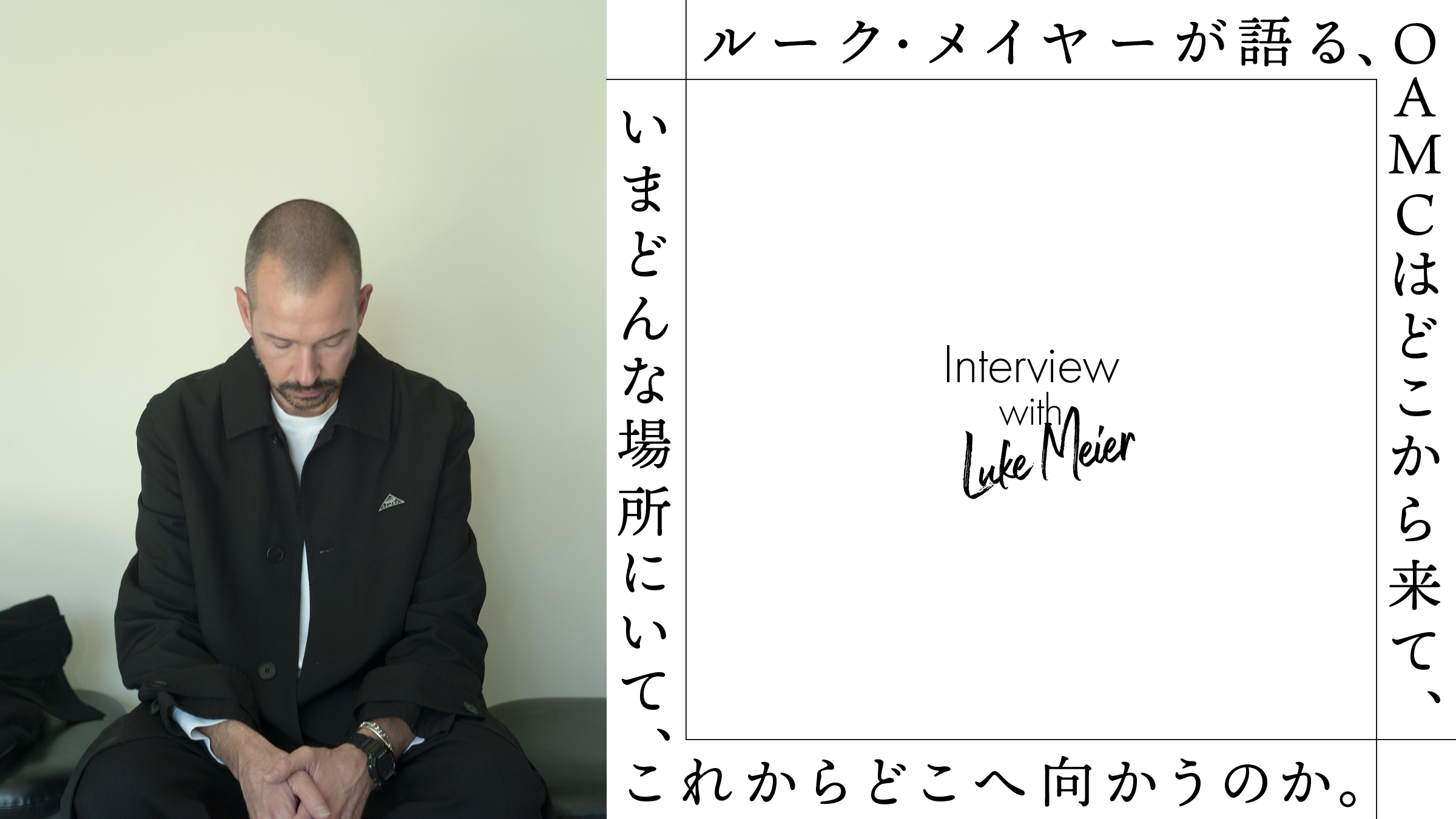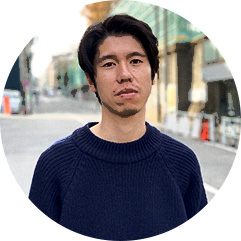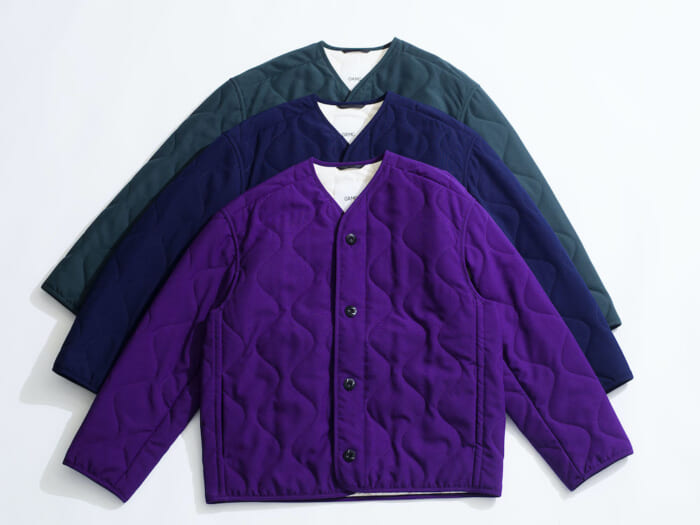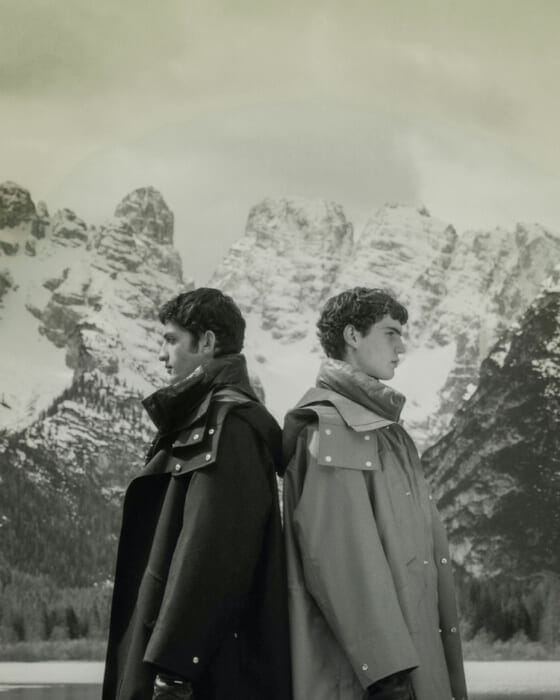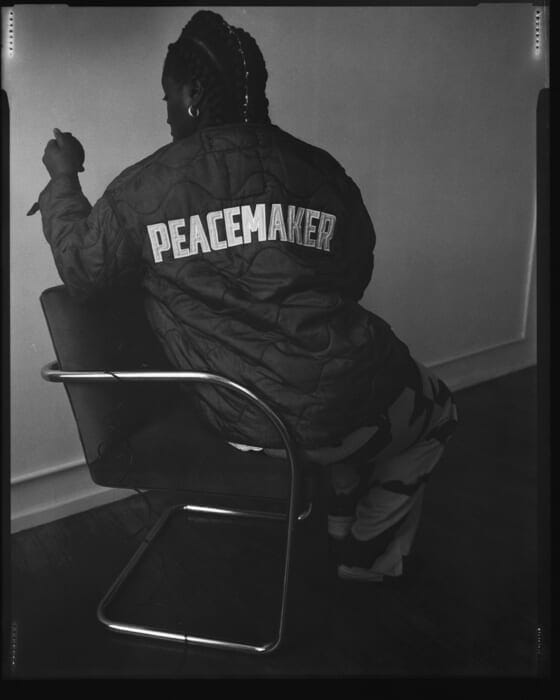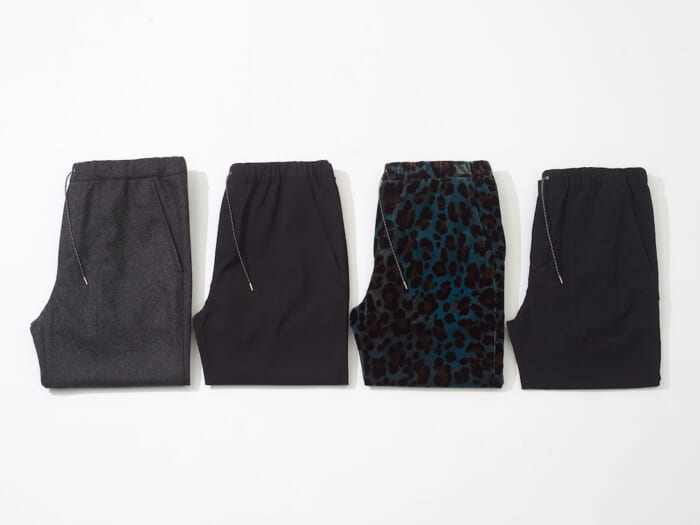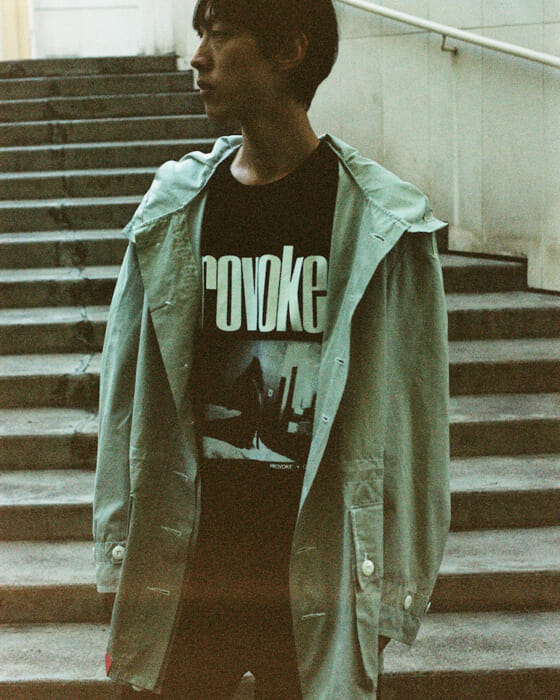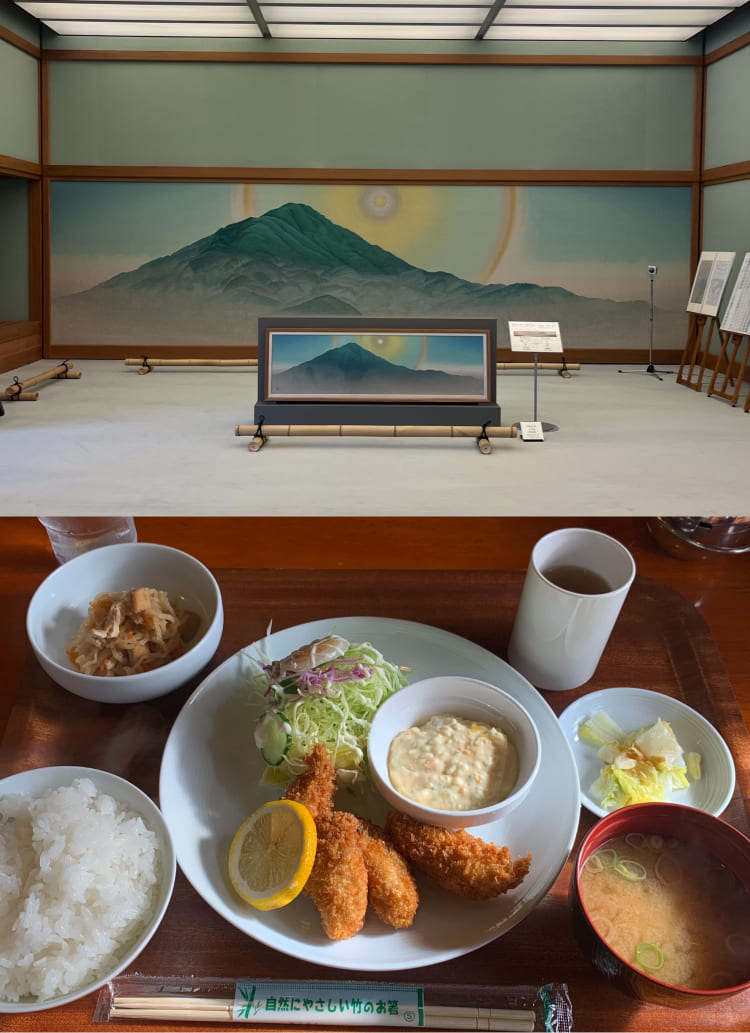As much as possible, we want to make the "artwork" and the "actual item for sale" the same.
I see. By the way, in an old interview, you mentioned Rei Kawakubo's name as someone you would like to collaborate with in the future.
Luke:There is no doubt that he is a great designer in the sense that he maintains an independent attitude. Fashion, in other words, is a fusion of commerce and art, and designers are the intermediaries between the two. Mr. Kawakubo, you have succeeded in keeping the art part of your work pure. It is very difficult to maintain that integrity. You jumped into Paris, a city crowded with well-established luxury brands, and said, "I don't care what others think. I do what I believe in." I respect you more than words can express.
Could you tell us about the technical solutions you used to connect the artistic and practical aspects of the "OAMC" collection?
Luke:We are not trying to separate the two. You need to do well on both sides. I am not presenting my work as an artist, I am running a fashion brand as a business only... "How big do you want to make it?" I'm not going to talk about this point here, because it would take so much time to talk about it that it would be a whole interview by itself (laughs). (laughs) In order for this to work as a business, OAMC items must be wearable in the real world. I want them to be something that people choose when they go to see someone perform live. As much as possible, we want to make the "artwork" and the "items for sale" the same.
In that sense, the "RE:WORK" collection was an ideal form. First of all, the manufacturing process is sustainable, the pieces are attractive as art pieces, and they are wearable. It seemed to have all of these.
Luke:That is a tremendously gratifying opinion. I felt the same response. What was particularly difficult about "RE:WORK" was that each material had a different shape. So, in a sense, it was "haute couture. Unlike so-called industrial manufacturing, each piece had to be handled with care. But, as you say, at the same time, we were aiming for a practical design. As a result, I think we were able to upcycle materials well.


The "RE:WORK" collection presented in February this year was created using military wear.
It is easy to put into words, but in reality, it is very difficult to create a modern look using old clothes. Did you have any role models?
Luke:As for the overdye method, we have been practicing it ourselves rather early on. I think we all understand very well that the fashion industry is not sustainable to begin with. It is like an airline company saying, "We are sustainable," which is impossible. But there must be a much better way to do things than what we are doing now. RE:WORK is about asking, "Can we take a great piece and make it more modern? Can we change the feeling? Can we take a great piece and make it more contemporary, and somehow fuse it with OAMC's worldview? This was a collection that took on the challenge of "Can we take these originally great pieces and make them more modern? Take, for example, the liner jackets. Military and sports clothes are designed to be perfect in the sense that there is no room for further improvement. However, we wanted to somehow integrate them into our own world.
I actually went to see the "RE:WORK" collection at "Ron Herman" before, but I didn't have enough money to buy it at that time (laughs). (laughs) But when I heard that this was "haute couture" in a sense, I understood the background behind the price.
Luke:We know that "RE:WORK" items are never cheap. This is because it is very difficult to make "RE:WORK" pieces. When making ordinary shirts, jackets, and pants, it is possible to make several layers of cloth and cut them out at once using a machine, progressing through 100 pieces at a time. However, "RE:WORK" clothes can only be progressed one piece at a time. Therefore, they are almost handmade. However, "RE:WORK" has just started, so there are more things that can be devised.
Last question. Looking at your current product lineup, I get the impression that it is becoming quite complete.
Luke:I don't think we will do a large collection just to create new products. No one is looking for more products. Recently, Arnaud and I have been talking a lot about "How can we show what we are doing to a wider audience? We are not that famous yet. We are not that famous yet. Yesterday, we visited a few stores in Tokyo and were able to confirm that our clothes are being placed on a reasonable scale, so we feel we have a good response. So we would like to continue to create a place where people can see the whole idea through retail and pop-ups. We intend to focus on that for at least the next five years.

The pin badge Luke pulled out of his pocket during the shoot belonged to MF DOOM, the rapper who died in 2020.


